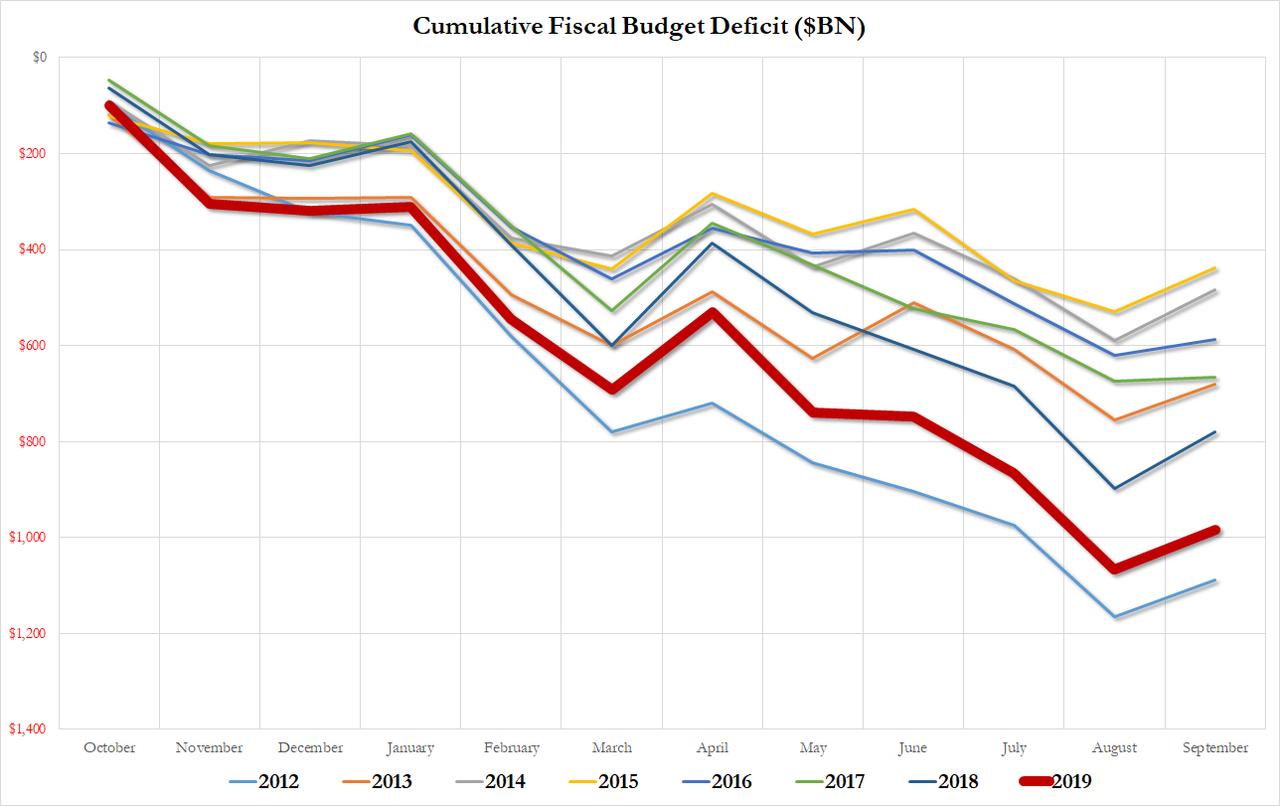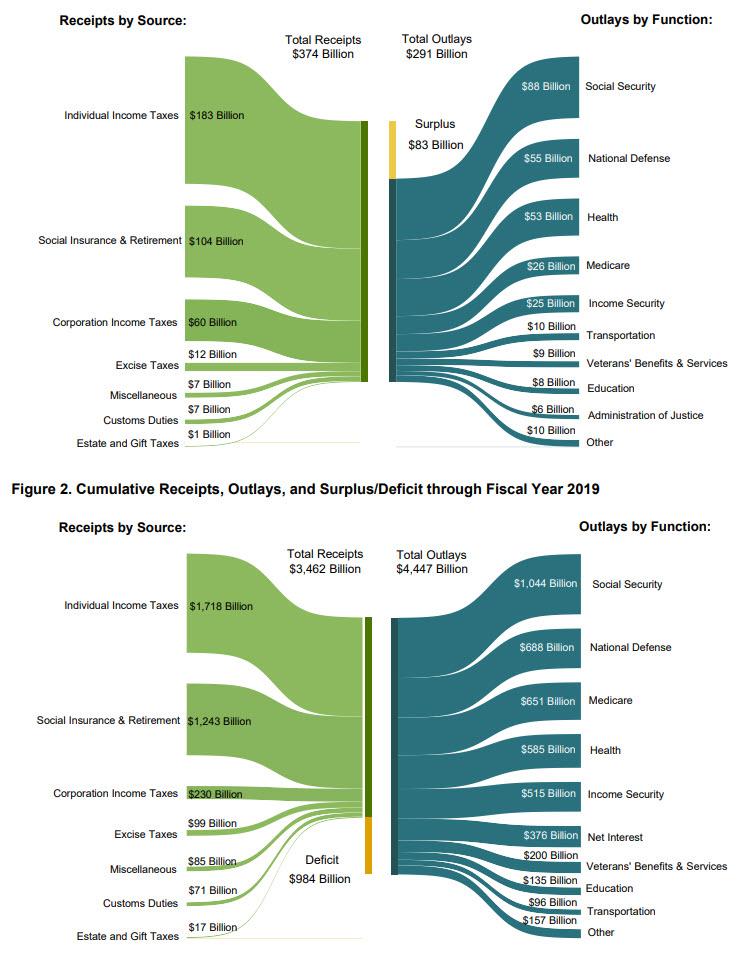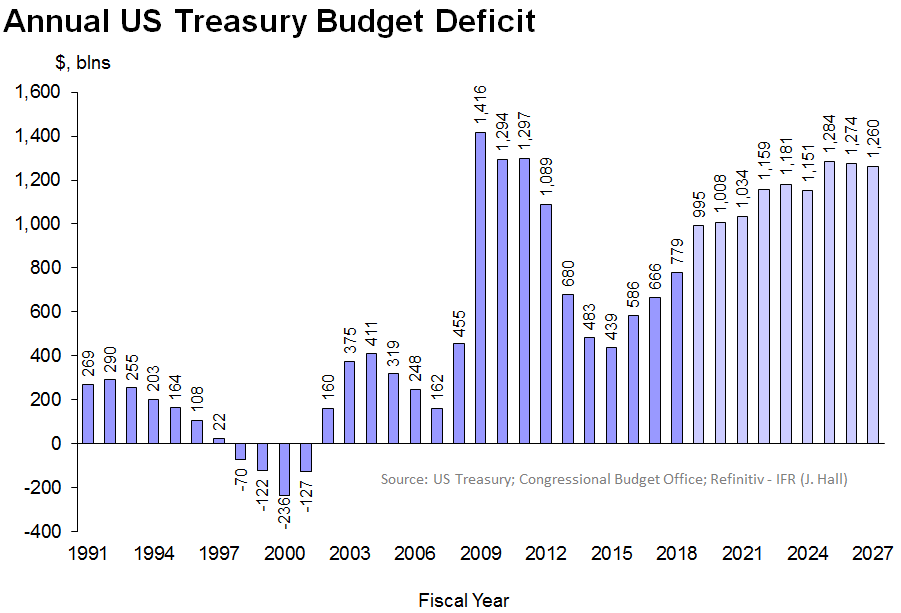Will You Be Richer Or Poorer? Profit, Power, & AI In A Traumatized World
Authored by Adam Taggart via PeakProsperity.com,
Much of what we truly value is at risk…
Prolific and exceptionally perceptive author Charles Hugh Smith returns to discuss the insights in his just-launched book Will You Be Richer Or Poorer? Profit, Power & AI in a Traumatized World (the first chapter of which can be read for free here)
The current narrative that our standard of living is not only the best it has been in human history, but thanks to modern technology, is now improving at an accelerating rate.
Smith turns this belief on its head, pointing out the many and various ways — many of them “intangible” and not currently measured in dollars — the human condition is fast worsening. Health, purpose, social connection, civil liberties, access to natural resources, career mobility; these are but a few examples.
And technology is actually fast sending us down a darker path. One that empowers the central state, decimates jobs, destroys privacy, and has created today’s “landfill economy”.
I’ve written on these big, long dynamics of cycles, where there’s not just economic cycles or business cycles, but also social cycles where people find fewer reasons to cooperate with each other and society is fragmented. They often are associated with inflation or high unemployment, a decay of the real economy, resources becoming scarce and expensive, and so on.
Well, we’re clearly in that cycle — a Kondratieff winter, a Fourth Turning, one of Peter Turchin’s long cycles. And it’s only beginning.
Things are not going to resolve themselves quickly. There’s going to be a reset or a reckoning where we’re going to have to downsize and live within our means, and find some new social structures that are sustainable. It’s not just a physical, material world adjustment where we have to use less energy and fewer resources, we’ll also have to psychologically change. To not fear the changes ahead, but find ways to step into them positively.
Starting by trying to calculate the value of all the capital that we don’t measure is a very powerful first step. Realizing that you have all these forms of intangible capital that no one taught us to measure–or even recognize– is a very powerful process psychologically. If you start trying to prioritize the forms of capital that are important to you, it’s a kind of psychoanalysis because you really have to dig down into yourself and ask, “What forms of capital do I have that I can invest in another way of living, another livelihood, another form of community?”
There’s always going to be trade-offs. You’re not going to be able to get rich speculating in the stock and bond markets–and run a farm, and build a community. You’re going to have to give stuff up. You’re going to have to sacrifice some things in order to get what’s really fulfilling to you.
That’s wrenching in and of itself, but what’s worse is when people wait until bad things happen and then they realize the trade-offs have been imposed on them. Like they eat a highly-processed food diet, and they have a heart attack, and then they suddenly realize, “Wow, I’m going to die if I don’t change.” Or you get fired from your job or your corporation gets rid of your entire division. Then you’re forced to look at a different lifestyle and a different livelihood.
But we really do have the power to make those changes before catastrophe strikes.
I’m actually trying to deliver a positive message: that anyone can do this. You may not be able to revolutionize your life in one fell swoop; but you can certainly make progress towards what’s important, and get busy building and accumulating the capital that truly is meaningful to you.
Click the play button below to listen to Chris’ interview with Charles Hugh Smith (51m:20s).
Tyler Durden
Fri, 10/25/2019 – 15:20
via ZeroHedge News https://ift.tt/2NiaQQu Tyler Durden








